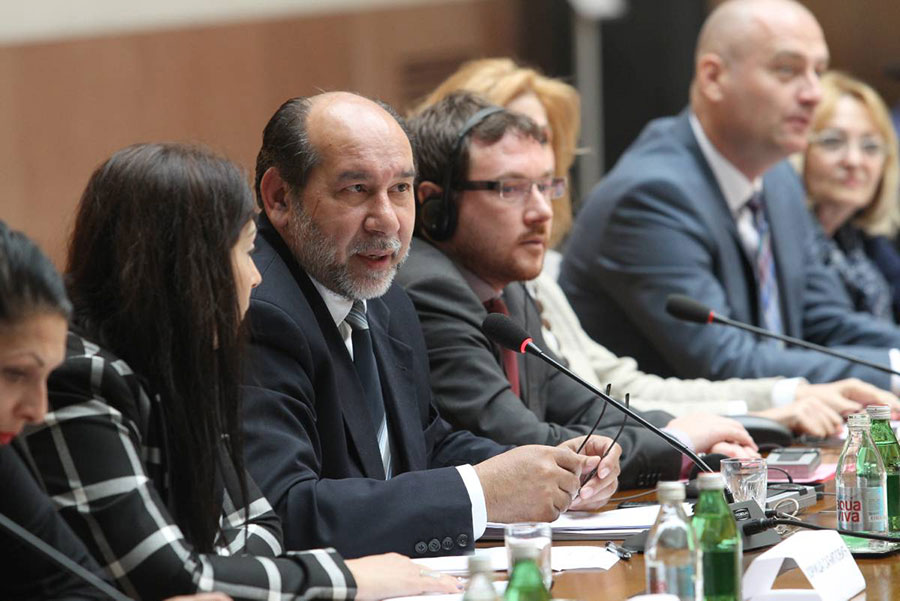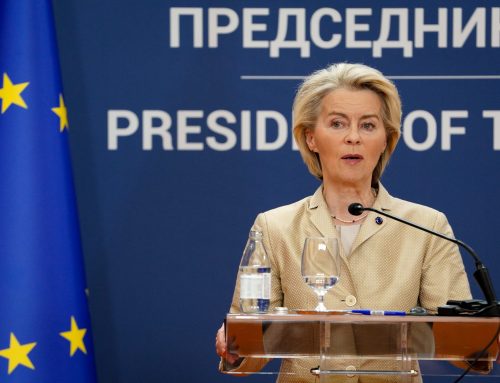As stated at the conference titled “Roma women in Serbia: Achievements, Challenges and Perspectives” held today in Belgrade, the position of Roma women is improving and the stereotypes are being challenged, but much work remains ahead for both institutions and NGOs.
Nicolas Bizel of the EU Delegation to Serbia said that “Roma inclusion in Serbia is improving, but we are all aware of the challenges which still remain,“ adding that Roma are at greater risk of poverty and social exclusion than other people.
He said that the EU Delegation supported the newly-formed Coordination body for Roma inclusion and added that “the ongoing EU assistance for Roma amounts to EUR11.4 million while another 20 million euros are planned to be implemented in the future.”
Bizel announced that within IPA 2016 programme, a project called “Support for Gender Equality“ would be implemented in order to strengthen the institutional capacity of the Coordinating Body for Gender Equality by ensuring that administrative structures, adequate and well-trained staff and management systems are put in place.
Commissioner for Protection of Equality Brankica Jankovic said the position of Roma was best described by the fact that they are the subject of 50 percent of all complaints filed with that institution as regards to the position of national minorities.
“We need to ensure greater participation of Roma in decision-making because they are the ones who know what action needs to be taken in order to improve their own status,” the Commissioner said.
She said that it was necessary to point to positive examples and thus encourage others to engage, adding that Roma women who are architects, lawyers or doctors give good, motivating examples.
The President of the National Council of the Roma National Minority Vitomir Mihajlovic said that Roma women are discriminated against within their own community as well, due to its patriarchal views. However, he said, the situation is changing there as well and stereotypes are being challenged. “The impact of the organisations and female Roma activists is growing,” Mihajlovic said, adding that the number of Roma girls who get marry before they turn 18 is steadily decreasing, whereas there are more and more of them who continue their education.
Roma account for some 50 percent of those taking advantage of affirmative actions for enrolment in high schools and universities, Mihajlovic said.




